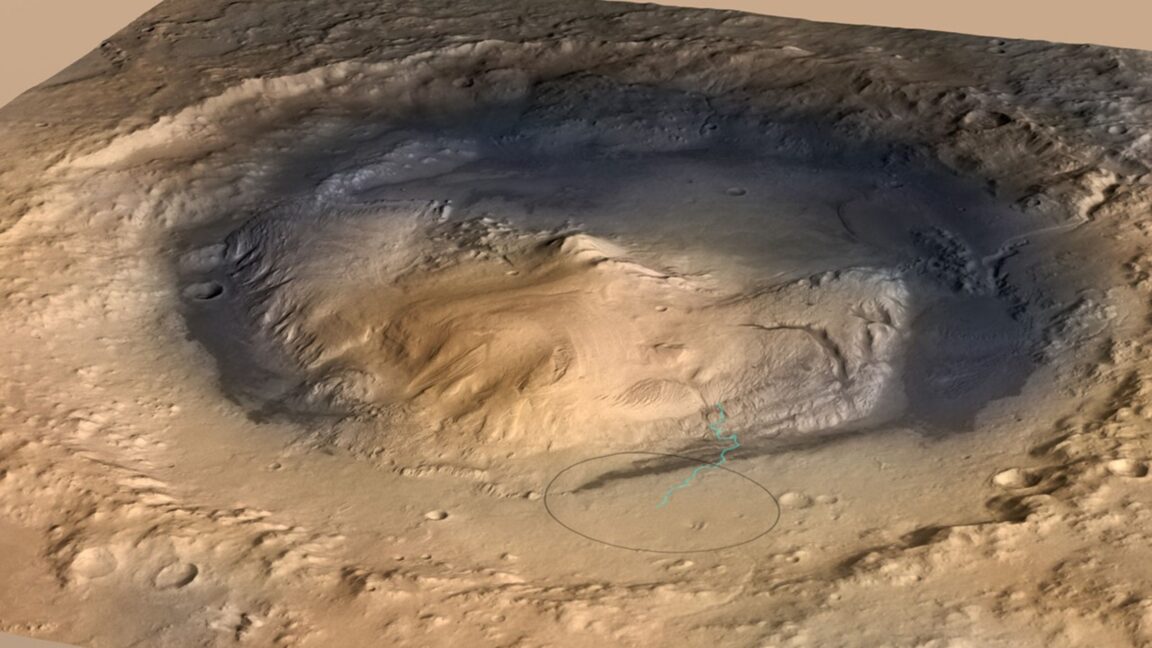Mars has not always been a seemingly lifeless red desert. We have evidence that billions of years ago it had a warm, habitable climate with liquid water in lakes and flowing rivers, which is somewhat confusing, given that Mars is much farther from the Sun than the Earth and that the Sun was much less bright back then. “In order for Mars to be warm enough to host liquid water, there must have been a lot of carbon dioxide in the atmosphere,” says Benjamin Tutolo, a researcher at the University of Calgary. “The question we’ve been asking for at least 30 years was where the record of all this carbon is.”
Tutolo led a new study of rock samples collected by the Curiosity rover that might have answered this question.
The tallest sediment stack
The mystery of Mars’ missing carbon stems from two seemingly conflicting results. On the one hand, we have already found dried riverbeds and lakes on the surface of Mars, so we know there must have been liquid water on its surface at some point. To account for the presence of this water, every Martian climate model we have run indicates that huge amounts of atmospheric carbon were needed to provide a sufficient greenhouse effect to keep the surface temperature above freezing. But the data we were getting from satellite observations of Mars found much less carbon in the Martian soil than those climate models would suggest. “So, either the models were incorrect—and there’s no good reason to believe that—or there really was lots of carbon in the Martian atmosphere,” Tutolo says.

